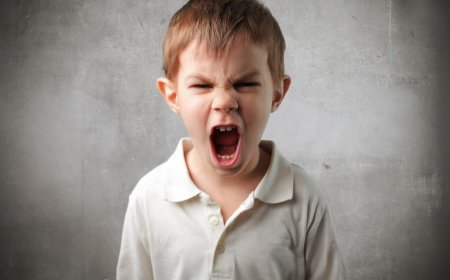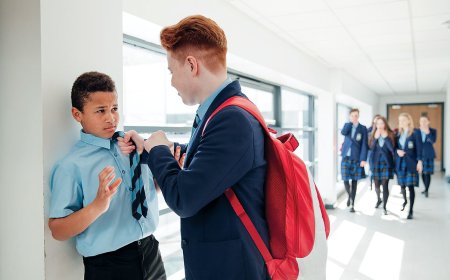Effective Ways to Handle Difficult Students in the Classroom
Effective strategies for handling difficult students in the classroom, fostering discipline, positive behavior, and a productive learning environment for teachers.

Managing a classroom is no easy task, especially when dealing with difficult students. Every teacher, at some point, encounters students who are disruptive, uncooperative, or disengaged. While these challenges can be frustrating, there are effective ways to handle them. A structured approach, patience, and understanding can turn a difficult student into a motivated learner. Here are ten strategies that can help teachers maintain a positive and productive classroom environment.
1. Establish Clear Rules and Expectations
The first step to managing difficult students is to set clear rules from day one. Students should know what is expected of them regarding behavior, participation, and respect. When boundaries are well-defined, students are less likely to push them
2. Develop Strong Teacher-Student Relationships
Building a positive relationship with students can help reduce conflicts. Take the time to understand their interests, struggles, and strengths. When students feel valued and respected, they are more likely to respond positively to teachers.
3. Use Positive Reinforcement
Instead of focusing only on punishment, highlight good behavior. Praise students when they follow the rules, participate in class, or help others. This encourages them to continue positive behavior and sets an example for others.
4. Stay Calm and Composed
Reacting with anger or frustration can escalate the situation. If a student misbehaves, take a deep breath, remain calm, and address the issue rationally. A composed response can defuse tension and show students that emotional outbursts are not the solution.
5. Address Issues Privately
Sometimes, correcting a student in front of the class can embarrass them, making them more defensive. If possible, discuss the problem privately. This allows the student to express themselves without feeling humiliated.
6. Implement Engaging Teaching Strategies
Bored students are more likely to act out. Make lessons interactive by using group discussions, projects, and real-life examples. When students are engaged, they are less likely to disrupt the class.
7. Use Non-Verbal Cues
Sometimes, a simple glance, hand signal, or nod can be enough to remind a student to behave. Non-verbal cues allow teachers to manage behavior without interrupting the flow of the lesson.
8. Provide Constructive Feedback
Instead of labeling a student as “troublemaker,” offer specific feedback on their behavior. For example, say, “I noticed you were talking while I was teaching. Let’s try to stay focused so everyone can learn.” This approach focuses on improvement rather than punishment.
9. Involve Parents and Counselors When Needed
If a student’s behavior does not improve, involve parents or school counselors. They can provide insights into the student’s background and help develop a collaborative plan to address the issue.
10. Be Consistent but Fair
Students need to see that rules are enforced consistently. If one student is punished for talking in class while another is ignored, it can create resentment. Be fair in your discipline and ensure that all students are treated equally.
Conclusion
Handling difficult students requires patience, strategy, and consistency. By setting clear expectations, maintaining a calm demeanor, and using positive reinforcement, teachers can create a respectful and engaging learning environment. Difficult students may present challenges, but with the right approach, they can be guided toward positive behavior and academic success.




























